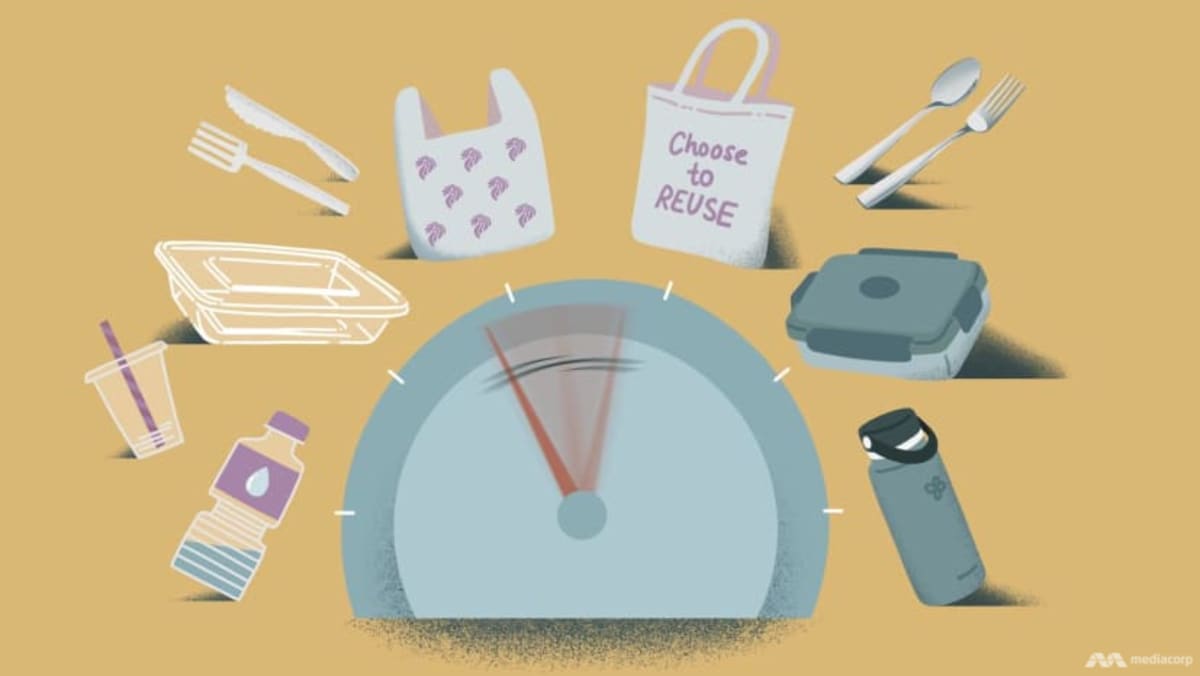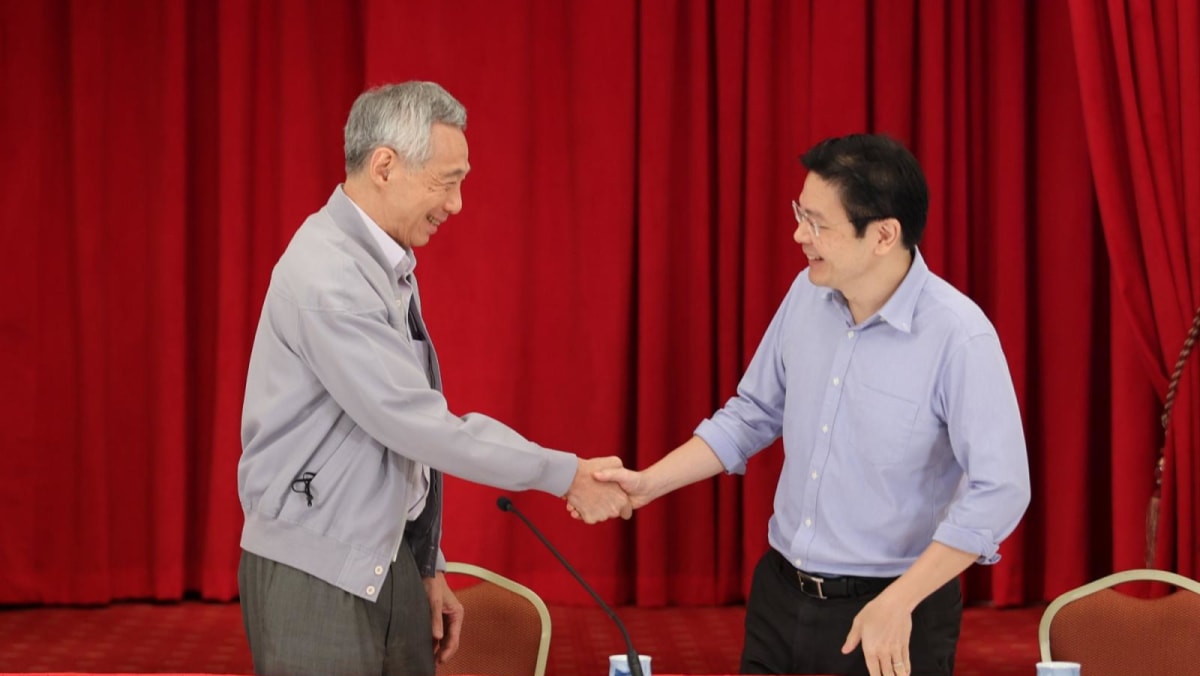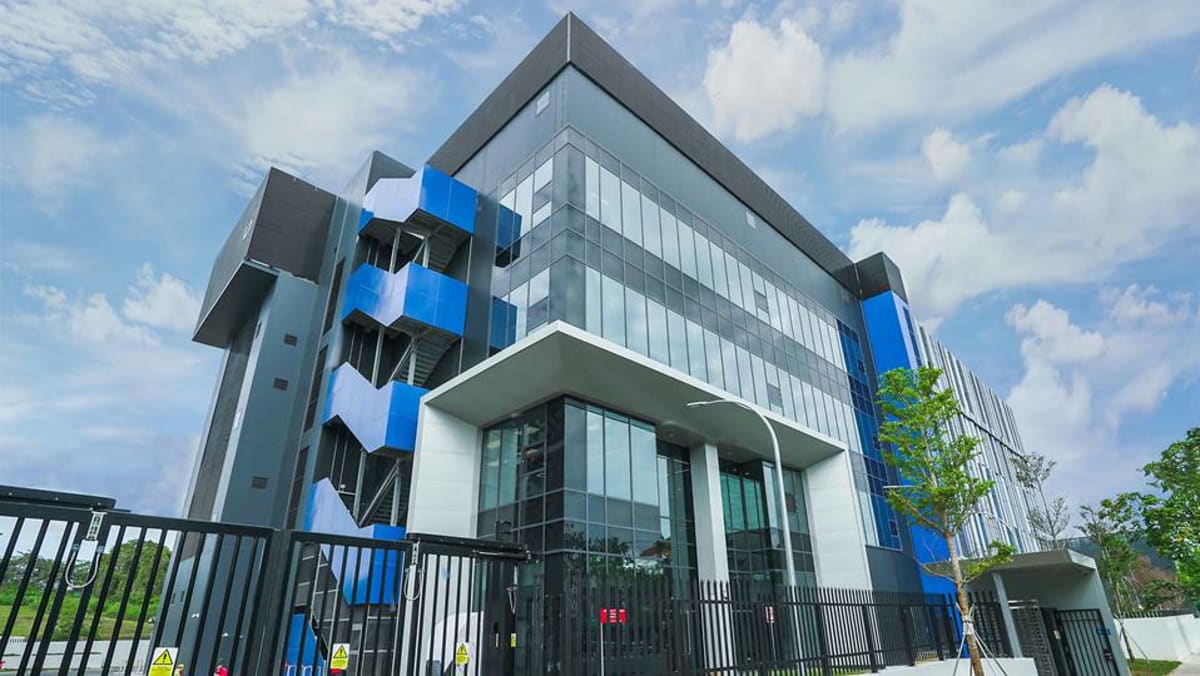Mr Rayson Lim, 27, who is unemployed, said he did try to pick up the habit of bringing his own container out for four to five months in 2022. Eventually, he stopped because he gave in to his laziness in washing the container after eating.
Civil servant Shafiq Ahmad, 29, echoed Mr Lim’s sentiments. “I haven’t tried bringing my own container before, but just the thought of doing the washing after eating makes me feel it’s tiring and troublesome.”
Ms Tan Huileng, executive director of Zero Waste SG, said that the best way for consumers to change their habits, such as bringing their own containers, is to make it easy to include them in their daily routine.
“Place them where they can be obviously seen so you can easily grab them and go,” she said.
“Lastly, put some of these items in accessible areas in your journey, such as your car or office, so even if you forget to bring them from home, you still have access to your own container along the way.”
GREENWASHING CONCERNS
Amid the push to use less disposable plastic in everyday life, some companies have jumped on the bandwagon through moves such as charging for plastic bags and switching from conventional plastic bags or packaging to those using biodegradable plastic or paper and other non-plastic materials.
However, there has also been debate on whether some of these practices constitute greenwashing.
For example, consumers have taken to online forums to discuss how one health and beauty retailer has started charging for plastic bags but still uses plenty of plastic for its house-brand water products.
Another discussion involved a food court chain that removed plastic straws but introduced cups with plastic caps for cold drinks, which sell for at least S$2.
A consumer pointed out that cold drinks cost about S$1.40 a cup before the change.
Some questioned whether the amount of plastic used for the cap is less than that of a straw, and whether this is just a gimmick to increase profit.
Others asked if paper or cloth alternatives for disposable plastics used by some retailers are actually more environmentally friendly.
Ms Lin, the environmentalist, cautioned against advocating for non-plastic alternatives without considering Singapore’s “unique” waste management system.
She said that in Singapore, where all trash goes to the incinerator, plastics are efficiently incinerated, potentially reducing their harmful effects compared with countries relying on landfills.
Conversely, some other materials used to replace plastic come at a higher environmental cost as they might not burn as efficiently or as cleanly as plastic.
“Plastic is not environmentally friendly, but if you look at the life cycle analysis across these materials, it’s the lesser evil because the alternatives, like woven cloth, fabric, cardboard, and paper, could actually bring more harm by leaving a larger carbon footprint,” said Ms Lin.
A life cycle assessment is a comprehensive method used to evaluate the environmental impacts of a product or service throughout its entire life cycle.
It considers various environmental factors, such as energy consumption, resource depletion, emissions to air, water, and soil, and waste generation at each stage of the product’s life.
Similarly, Mr Yasser Amin, who heads Stridy, a non-profit organisation addressing urban waste management issues worldwide, said terms such as “biodegradable” or “compostable” often confuse the average person.
“It’s like a marketing tactic,” said Mr Yasser. He cited how some coffee and cafe chains switched from plastic to compostable straws, when these may not be the more environmentally friendly option.














